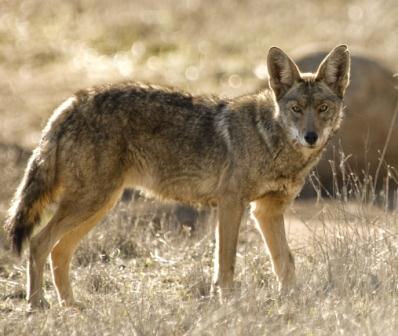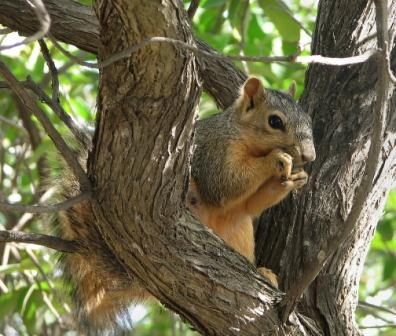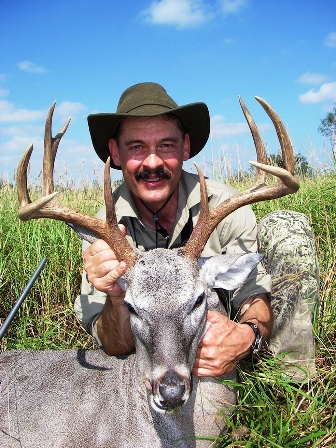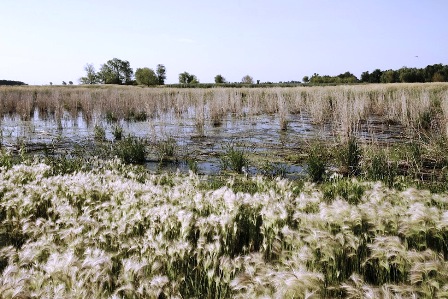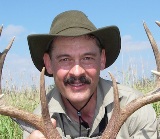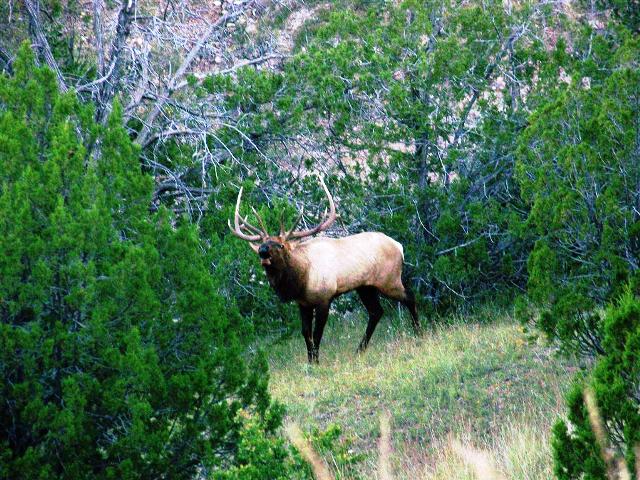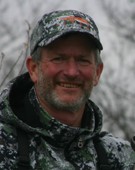By Cara Hunt
Coyote Hunting Tips to Improve Your Odds
 To the unseasoned hunter, coyote behavior can be both complex and frustrating. After all, with their excellent hearing and eyesight, and noses that out-smell humans by more than 10,000 times, coyotes can see, hear and smell hunters coming from miles away. Coyotes are also cunning and intelligent and know just how to slip away before the hunter knows what happened.
To the unseasoned hunter, coyote behavior can be both complex and frustrating. After all, with their excellent hearing and eyesight, and noses that out-smell humans by more than 10,000 times, coyotes can see, hear and smell hunters coming from miles away. Coyotes are also cunning and intelligent and know just how to slip away before the hunter knows what happened.
As if this wasn’t enough, coyote behavior changes with the season, making it more difficult to execute a successful plan of attack and put a coyote on the ground. Understanding basic coyote behavior can help both new and seasoned hunters bag mountable predators for their collection.
Coyotes are more active during spring, summer and fall months, which may make it easier to catch your prey off guard. In the summer months, coyotes are known to rest only one-third of the time, and spend the remainder of their time on the hunt. From April to August, 44 percent or more of a coyote’s diet comes from their own prey, and coyote behavior dictates that these predators spend the majority of their time hunting for food.
Spring and summer coyote behavior is more laissez-faire than wintertime behavior. During the spring and summer months, coyotes are more likely to come to hunter calls without decoys. A call that sounds like a distressed rabbit in the spring is likely to bring a coyote in, ready for the attack.
Coyotes are less active during the winter months, which may make them easier targets for hunters. From mid-January through the end of March, coyotes rest approximately 50 percent of the time. This is because there is less food to provide the coyotes with energy. Even when coyotes are out in the open, they will expend less energy running than they would in summer months, and they are more likely to move slowly.
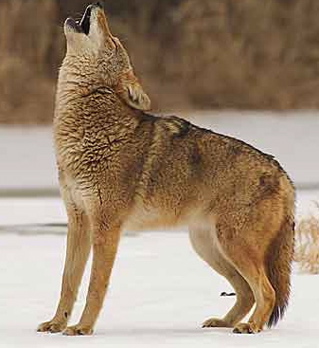 In winter months, the types of foods coyotes eat make them an excellent target for hunters. During the spring, summer and fall months, fresh kills hunted by the pack provide the majority of coyote meals. However, in the winter months, when other animals are in hibernation, coyotes rely on carrion and carcasses for the majority of their meals. This means that many coyotes will remain close to farms, poultry and livestock operations and ranches, where they have access to easy meals.
In winter months, the types of foods coyotes eat make them an excellent target for hunters. During the spring, summer and fall months, fresh kills hunted by the pack provide the majority of coyote meals. However, in the winter months, when other animals are in hibernation, coyotes rely on carrion and carcasses for the majority of their meals. This means that many coyotes will remain close to farms, poultry and livestock operations and ranches, where they have access to easy meals.
Coyotes will also go where carcasses are available, whether this is euthanized livestock or fresh hunting kills and other freshly dead wild animals, such as elk, deer and rabbits. Most fresh kills in winter months occur in wooded areas where the snow is light and where deer congregate and are unable to easily escape. Coyote behavior dictates that only 14 percent of wintertime meals come from hunting activities and the remaining 86 percent come from foraging and livestock.
Coyote behavior becomes slightly erratic in February and March, when mating season begins. During the late winter months, coyotes are increasingly active as they stake out their place in the world, create 7-10 square mile territories for their own small packs and begin mating. During this time and after females become pregnant, coyotes will be more likely to hunt in pairs and troll their territories for unwanted visitors and for food for their new pups.
No matter what coyote behavior is encountered, all hunters must be prepared with the right tools for the job. A sharp hunting knife, like those at havalon.com, keeps a hunter prepared and his pack light. If you want to collect and sell coyote hides, you definitely want to use the surgically-sharp knives from Havalon to minimize damage to the pelts. Also be prepared with the right weapon and kit for carrying your trophy out of the woods.
17,167 total views, no views today


